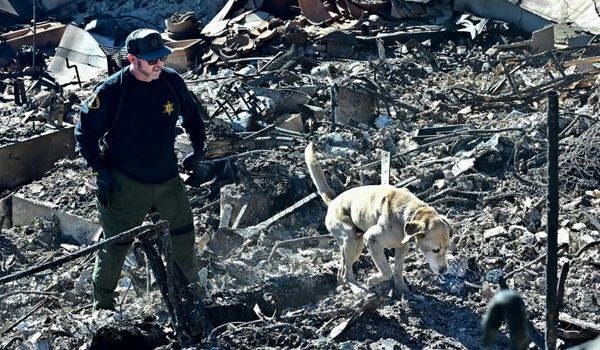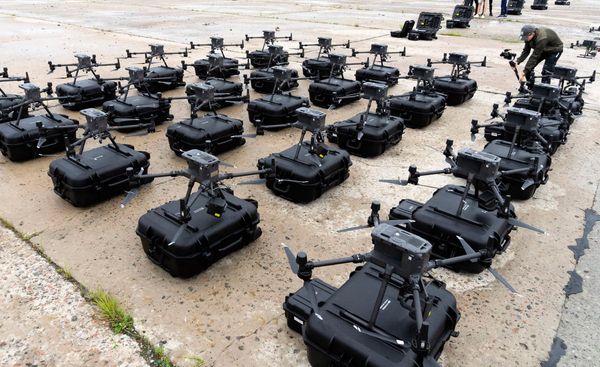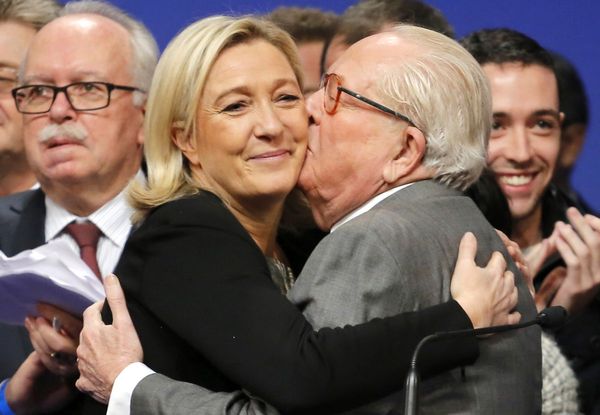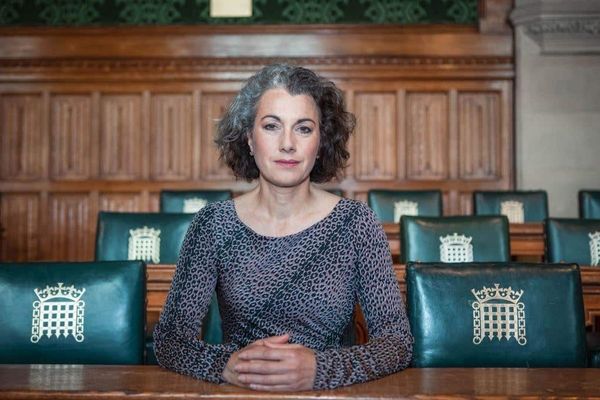
MANILA, Philippines — Mayor Francisco “Isko” Moreno is on a crusade to clean up the streets of Manila. The recently inducted official has made de-clogging and beautifying the capital one of his top priorities. His quest for spotlessness has lately come into blows with an activist group of artists who thought it best to expose the grim realities of the country.
Last month, Panday Sining, a group of young cultural workers and street artists wrote political messages on the walls of an underpass adjacent to the Manila City Hall. Their words ranged from decrying the ailing Filipino economy, the stark inequalities, to the growing political repression. The graffitis underscored social tumult, something that severely irked the new mayor.
The Manila government was quick to condemn the act, labeling the group as “vandals” and warning that anyone who repeats the offense will face criminal charges. The city government dismissed the spray-painted messages and turned the debacle into a matter of peace and order.

Lisa Ito, a fine arts professor at the University of the Philippines–Diliman, has denounced the arrest and denigration of the street artists. She also urged greater consciousness on the difference between street art and mere vandalism.
“Vandalism is damage to public or private property without permission. Graffiti and street art both mark walls and other public spaces as an act of expressive or political assertion. These acts could be treated as vandalism but that was not the point. The point is not to be pretty or nice, but to speak truth to power,” Ito said.
Metro Manila is one of the most congested places on the planet, where the bloody drug war has claimed tens of thousands of victims and social inequalities are grotesquely on display. Trash and pollution certainly smear the Philippine capital but they are far from the dirtiest thing about it.
On November 30, members of Panday Sining participated in a march for labor rights and against the impunity of the Rodrigo Duterte administration. The group pasted on public walls (old and filthy ones) images of the anti-colonial revolutionary Andres Bonifacio, insinuating that were he alive today he would rebel against the present oppression.
Just before the demonstration ended, around 20 policemen halted eight members of the group, according to witnesses. Four of which were arrested without warrants, and one of them, a minor, was pinned down beaten on the street.

They were released on December 9 on bail, after being detained for nine days without charges, an unusual and unlawful practice. According to their lawyer, records needed for the application of bail were intentionally withheld, prolonging the incarceration.
A week after the arrest, the Manila City Council declared Panday Sining as “persona non-grata,” a first for an entire organization. Moreno claimed that the group was warned and should not have challenged the leadership of Manila.
Vice-Mayor Honey Lacuna at a press conference announced that they will be releasing a new ordinance for stricter enforcement against vandalism in the city.
Cleaning up or cracking down?
The Panday Sining incident has led to polarizing debates about whether the groupwas impeding the efforts of Moreno for cleanliness and the nature of political graffiti. It also became the number one trending topic on Twitter last week.
Neil Doloricon, the chairperson of the Concerned Artists of the Philippines, called out Moreno for his “misplaced emotionalism” of a “lumpen outburst.” Mainstream media and supporters of Moreno have fixated on the notion that the Panday Sining members are mere troublemakers.
Street art practitioner Mark Salvatus told The News Lens that, what happened to Panday Sining could embolden those in power to serve up harsher treatment for “vandals.” He said what street artists do is “one way for the voiceless and powerless to communicate. Public spaces are an arena wherein ordinary people get to experience art and be encouraged to question the status quo even just for a moment.”

“The persecution of Panday Sining happens amid a larger policy of political repression pushed by a Duterte cabinet filled with more officials coming from the military,” she said.
Alex Danday, spokesperson of prominent youth group Anakbayan, echoed Ito’s sentiment in that the “persona non-grata” declaration reeks of the broader crackdown on critics and human rights defenders.
“Manila's walls have long been defaced by countless tarpaulins of politicians, symbols of street gangs, and giant billboards, but it is the political messages of these cultural activists are what the state is going after. Clearly, the real reason behind their arrest is that they are activists who expose government corruption and violence,” Danday told The News Lens.
The Interior Government Secretary Eduardo Ano has since issued an order for police officers to arrest “vandals” everywhere. Moreno thanked him for the support afterward.
Ano, a former chief of the armed forces has also been calling for the revival of the anti-subversion law, which criminalizes anything the authorities may deem out of line. The last iteration of the law was during the martial law era in the ‘70s and ‘80s. It might not be long now before the authorities go after anyone perceived as being a “vandal” and especially those bearing politically rebellious messages.
READ NEXT: Exploring the Philippine President’s Long List of Lies
TNL Editor: Daphne K. Lee (@thenewslensintl)
If you enjoyed this article and want to receive more story updates in your news feed, please be sure to follow our Facebook.







